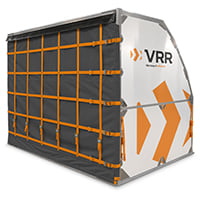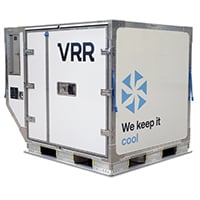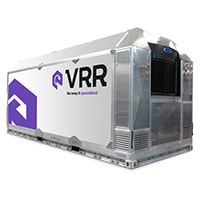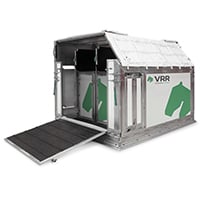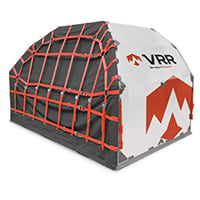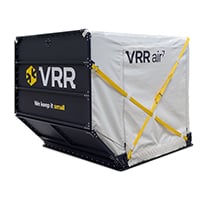Transporting oversize cargo is always a challenge for carriers. One tactic they often resort to is using pallet couplers to connect two PMC (125”x96”) or two PAJ (125”x88”) pallets longitudinally. Once joined, the two pallets form a 20-ft pallet that is much less expensive and certainly less complicated logistically than a single 20-ft pallet. Especially when you look at things such as storage and empty return trips, the flexibility in being able to collapse ULDs always pays off.
However, over the years, the use of pallet couplers has evolved into something of a regulatory vacuum. It’s barely covered by safety and compliance regulations (there’s a brief mention in the IATA ULD Regulations Section 6/03) and there’s no mention of it at all in Weight and Balance manuals.
Update 6-03-2019:
We are happy to announce that the XPC pallet coupler that is mentioned in this article is approved by the FAA as well as by Boeing and included in their Supplemental Procedures document. You can read all about the approval of the pallet coupler beam in the dedicated news article: XPC Pallet Coupler approved by FAA.
Lack of regulation a cause of frustration
This lack of regulation means that all cargo placed on coupled pallets cannot be secured using the aircraft’s locking system. It must be strapped to the aircraft structure instead. As a result, it takes more time and effort to load and secure the cargo onboard the aircraft.
Some airlines have taken it upon themselves to develop their own rules for using pallet couplers. But the bottom line is clear: coupled pallets will continue to be used as floating pallets unless an aircraft’s Weight and Balance Manual sets out how to secure them in the cargo loading system.
Boeing initiates testing on pallet couplers
Keen to fill this regulatory vacuum, Boeing set up a project to carry out research into the use of pallet couplers in order to formulate and substantiate safe procedures. Its project was supported by several airlines, the FAA and equipment suppliers like VRR.
Tests were performed on various pallet couplers at Kalitta Air’s premises in Michigan in March 2017. Present during the tests were VRR, Boeing, several large full-cargo operators and, of course, the FAA.
The tests were highly successful, and our coupling beam passed all tests. In fact, our pallet coupler was the only coupler for PMC/PAJ pallets to make the grade, which means it will be the only approved coupling beam available on the market.
Final approval for VRR’s coupling beam
Once the FAA has given its final approval, our coupling beam will be added to the Boeing Supplemental Procedures document by the end of May 2017.
Now a certified coupling beam is available, the standard Cargo Loading System can be used to secure the combined pallets. This safes a tremendous amount of time and space resulting in shorter turnover times and a more profitable operations.
The restrictions are that the weight placed on the coupled PMC pallets may not exceed the weight of one single PMC pallet. The max gross weight (MGW) of a PMC pallet is 6,804 kg / 15,000 lbs.
